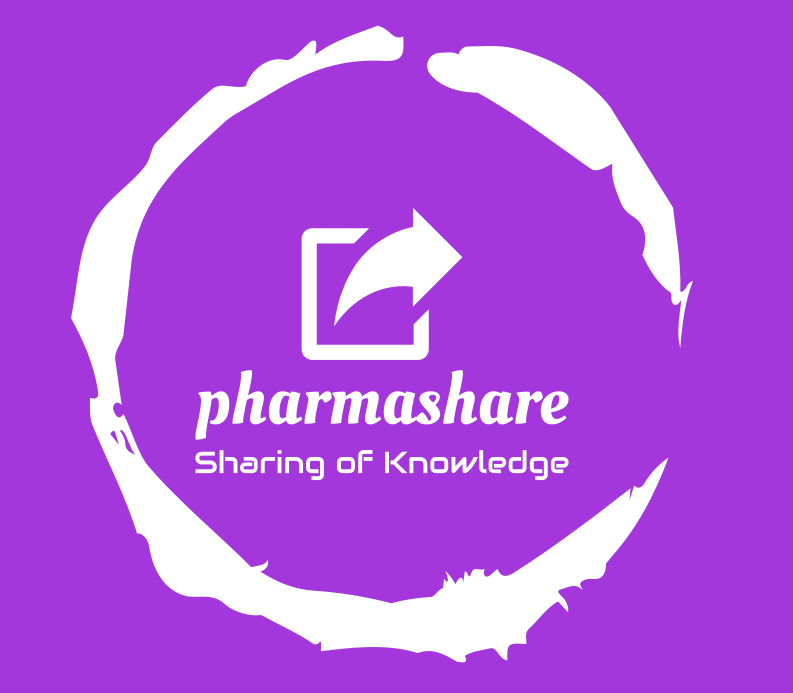Spherical agglomeration, also known as balling, is a pelletization technique whereby powders are transformed into spherical particles through the addition of a suitable amount of liquid or exposure to elevated temperatures, facilitated by a continuous rolling or tumbling motion.
Spherical agglomeration can be classified into two categories: Liquid induced agglomeration and Melt induced agglomeration.
Liquid-induced agglomeration: In the process of liquid-induced agglomeration, a liquid is introduced to the powder either prior to or during the agitation phase. When powders interact with a liquid phase, they generate agglomeration or nuclei, which are initially held together by liquid bridges. These liquid bridges are later substituted by solid bridges, which originate from the hardening binder or any other dissolved substances present in the liquid phase. The formed nuclei collide with neighboring nuclei and merge to create larger nuclei or pellets. At this stage, coalescence transitions to layering, where smaller particles attach to significantly larger particles, thereby increasing the size of the latter until the pelletization process is fully accomplished.
Melt-induced agglomeration: The processes of melt-induced agglomeration resemble those of liquid-induced agglomeration, with the distinction that the binding agent is a melt. Consequently, pellets are created using congealed material, eliminating the need for the formation of solvent-based liquid bridges. In cases where the surface moisture is not at an optimal level, certain particles may experience nucleation and coalescence at varying rates, resulting in the formation of nuclei of different sizes mixed with the larger pellets. This leads to spherical agglomeration, which typically results in pellets exhibiting a broad particle size distribution.

Thank you for such information 🙏